
Bub.
In sync with older brother @DxRxEdu on https://t.co/A2e9Y4BLWP
Co-founder @CPSolvers
12 subscribers
How to get URL link on X (Twitter) App


 To anchor ourselves, let's reflect on two other ways to approach hypokalemia from @CPSolvers
To anchor ourselves, let's reflect on two other ways to approach hypokalemia from @CPSolvers 

 The wind in your lungs brings you oxygen and helps you bid farewell to CO2.
The wind in your lungs brings you oxygen and helps you bid farewell to CO2.
 A patient with metabolic acidosis, for example, should have respiratory compensation that ALMOST, but not fully, normalizes the pH.
A patient with metabolic acidosis, for example, should have respiratory compensation that ALMOST, but not fully, normalizes the pH.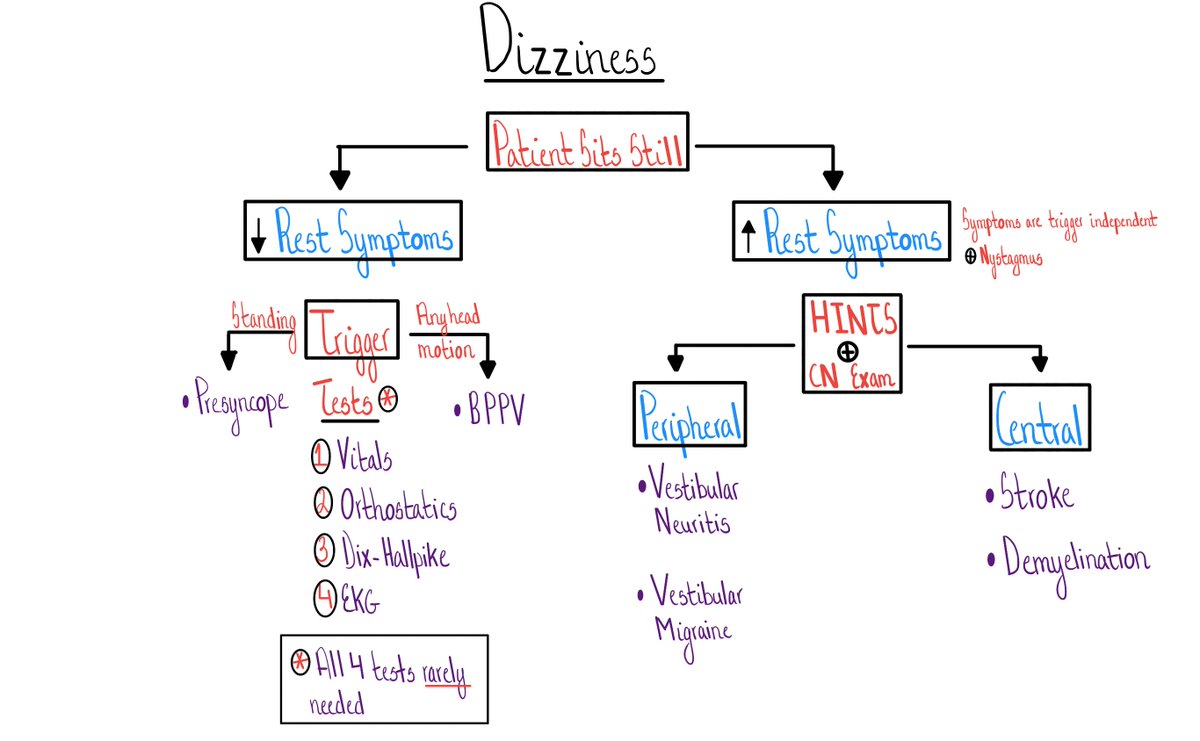
 Pt #1: Much better!
Pt #1: Much better!
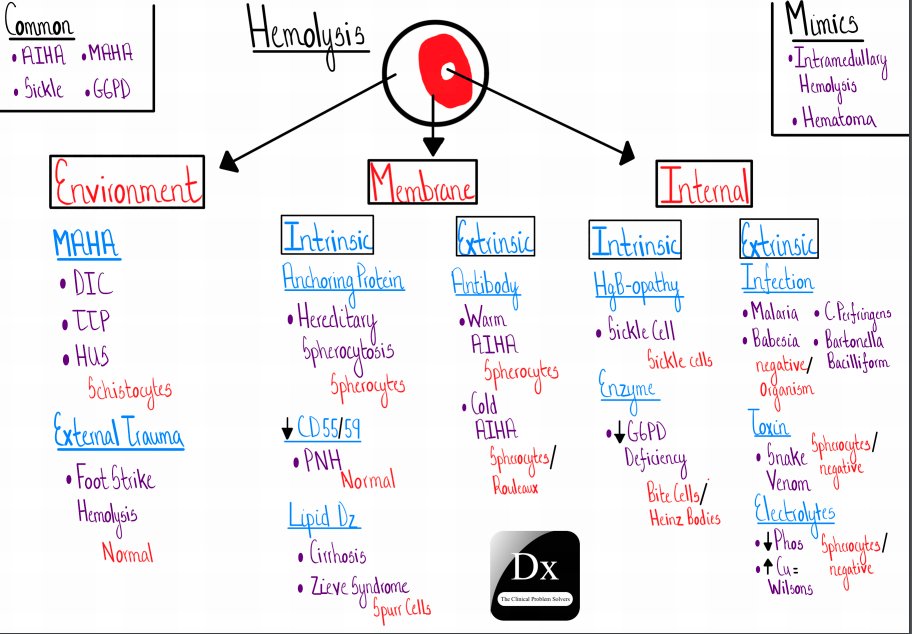

 Wait, what do you mean by inflammation?
Wait, what do you mean by inflammation?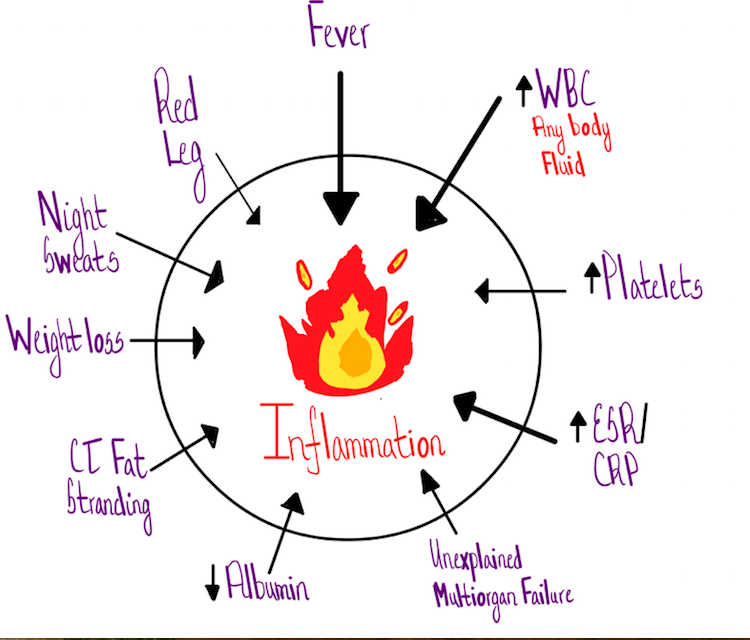
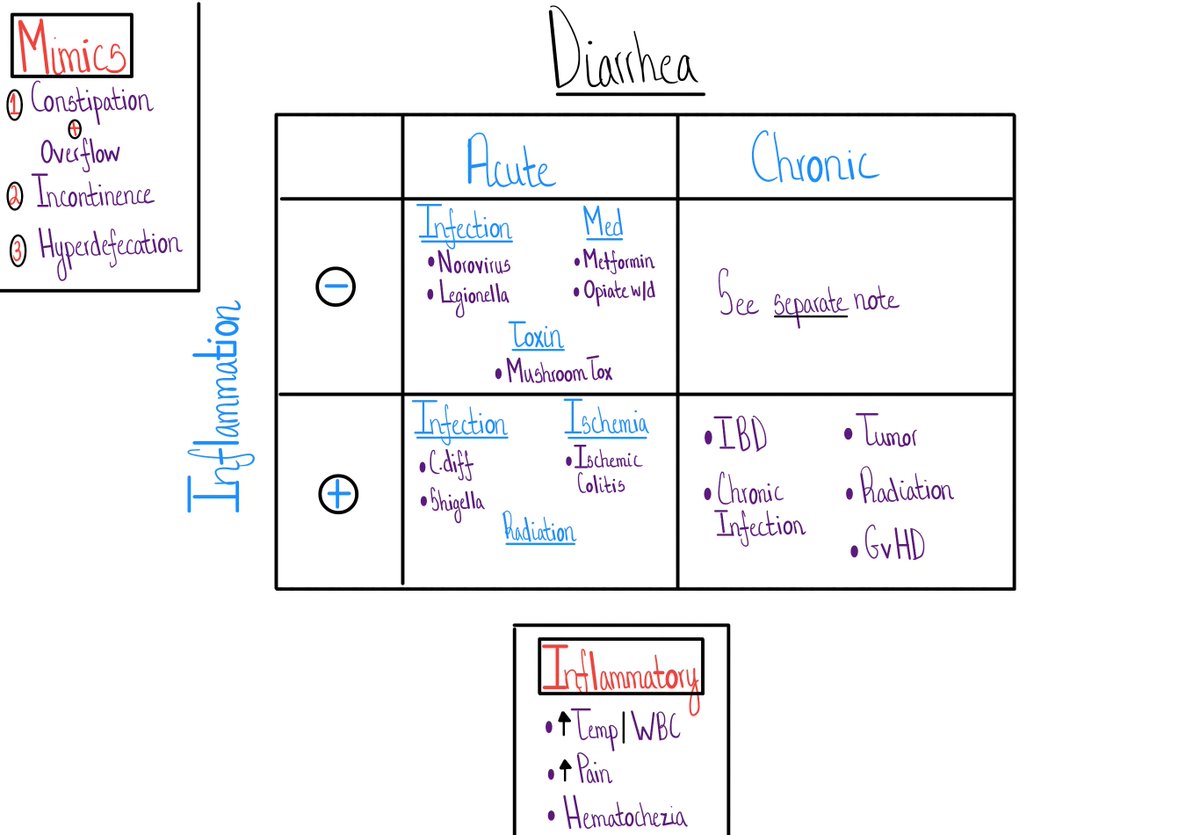
 Diarrhea = increase in stool water content.
Diarrhea = increase in stool water content.
 Is there an approach to thrombocytopenia?
Is there an approach to thrombocytopenia?
https://twitter.com/rabihmgeha/status/1234840853308264448Ok, let's get out bearings..

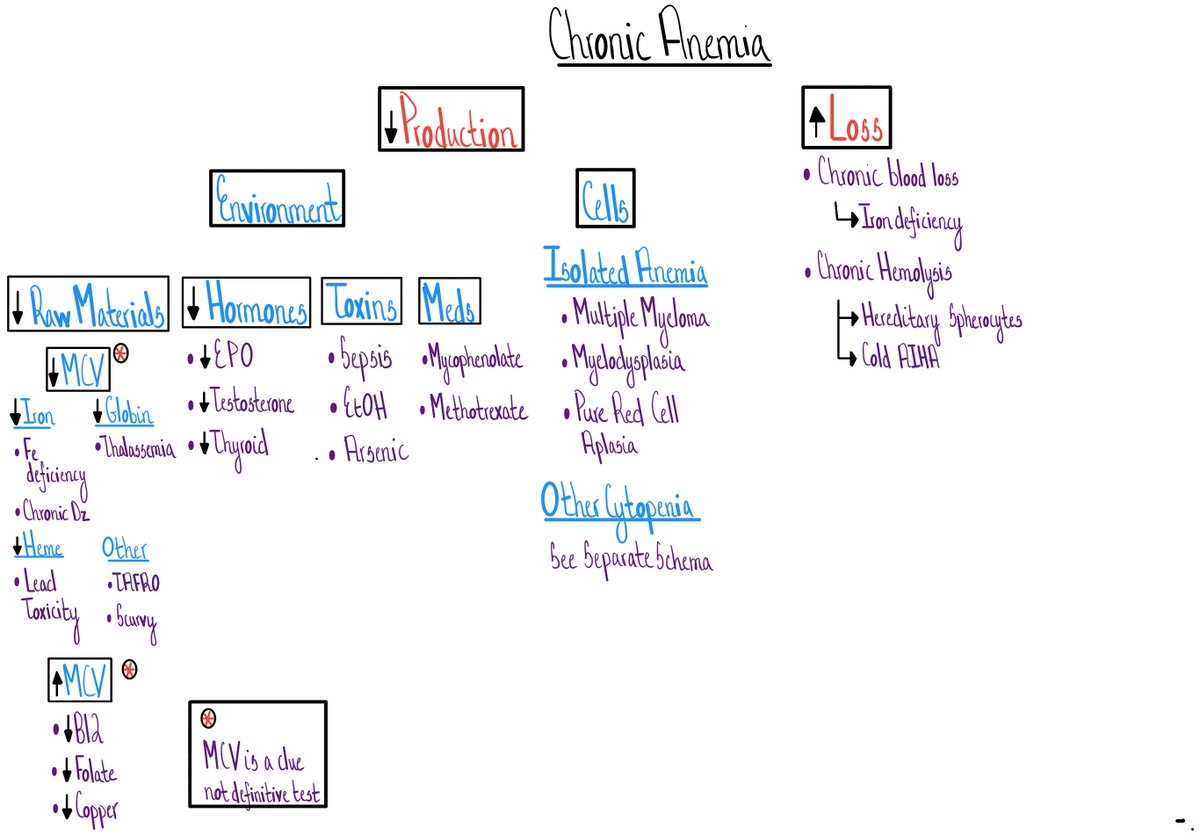
 Claim:
Claim:

 If you are in a position to use a Venn Diagram, that probably means you've crystalized the fundamental aspects of your patient's condition.
If you are in a position to use a Venn Diagram, that probably means you've crystalized the fundamental aspects of your patient's condition.
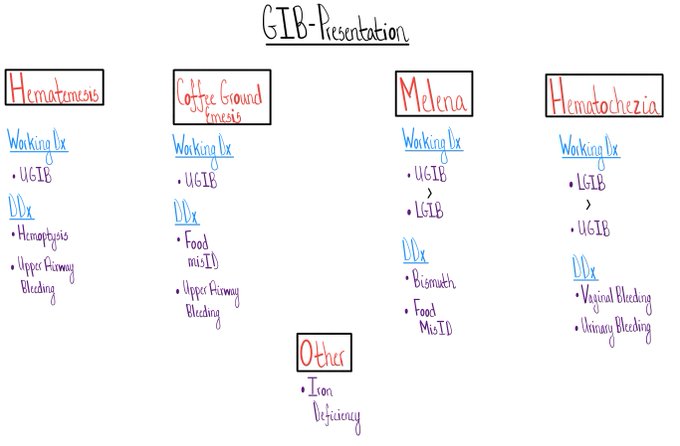

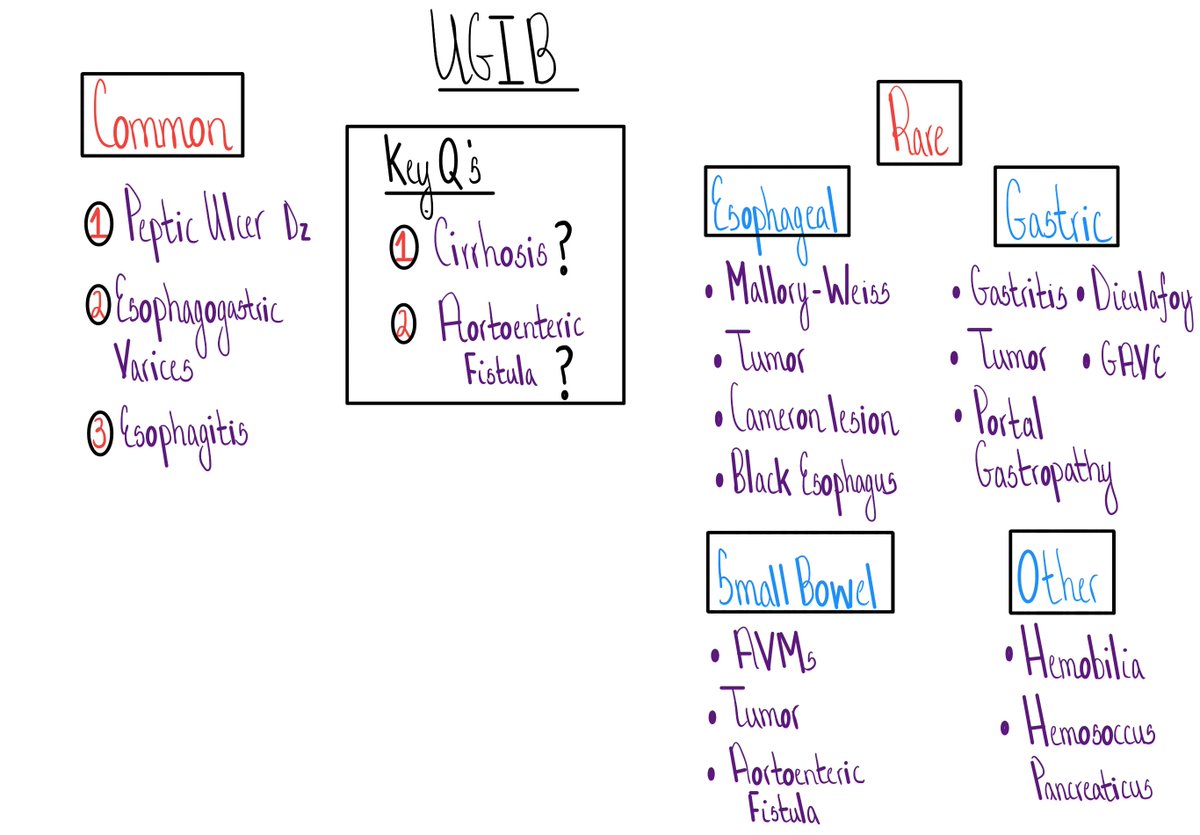

 I fondly remember learning about hypoxemia in medical school and breaking it down by mechanism
I fondly remember learning about hypoxemia in medical school and breaking it down by mechanism

 Check out part 1
Check out part 1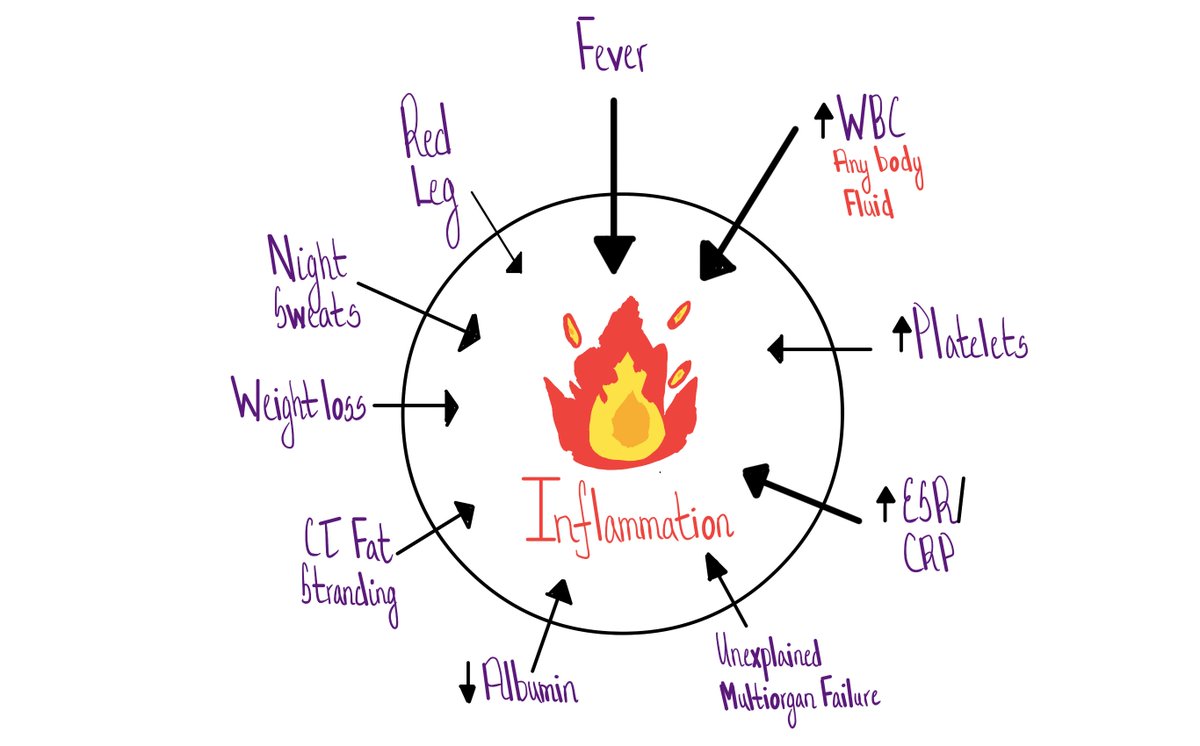
 Let's zoom out.
Let's zoom out.

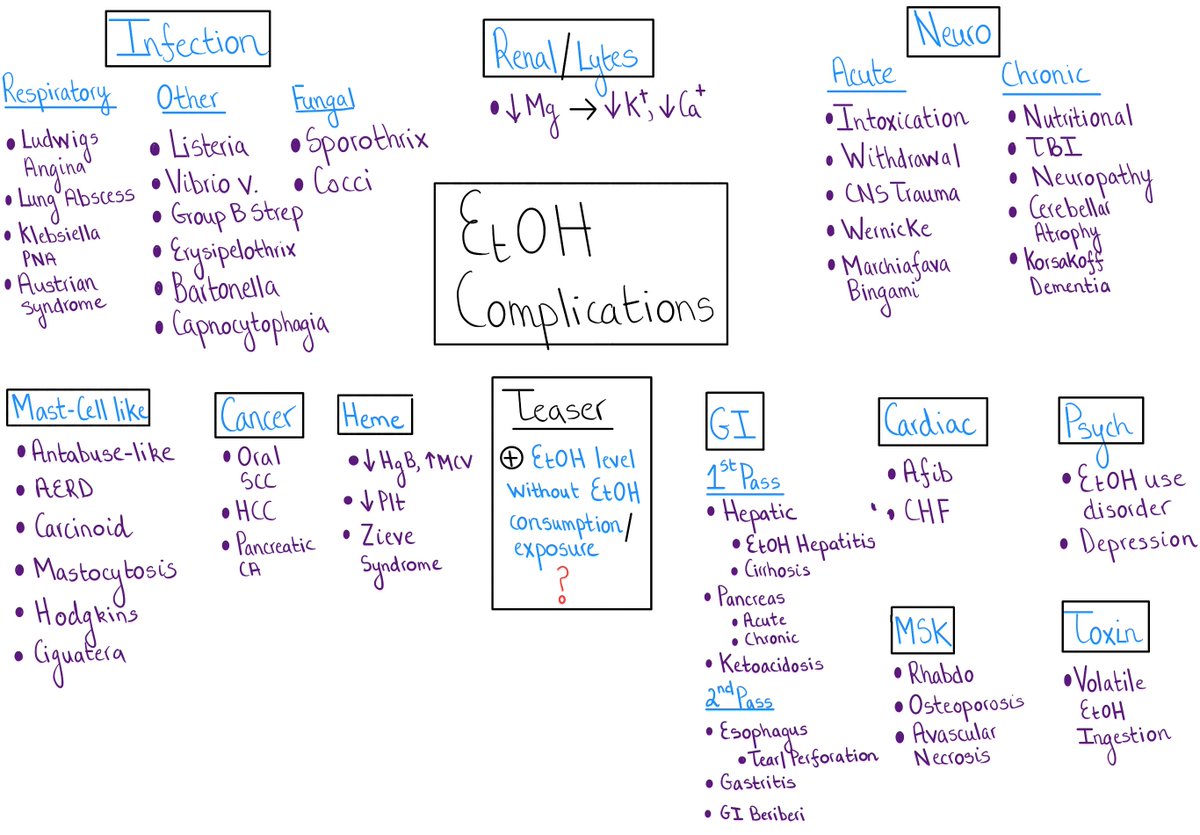
 2/Check out this @CPSolvers case with @hdx and @HannahRAbrams for a fascinating case that discussed the "mast cell complications"
2/Check out this @CPSolvers case with @hdx and @HannahRAbrams for a fascinating case that discussed the "mast cell complications"